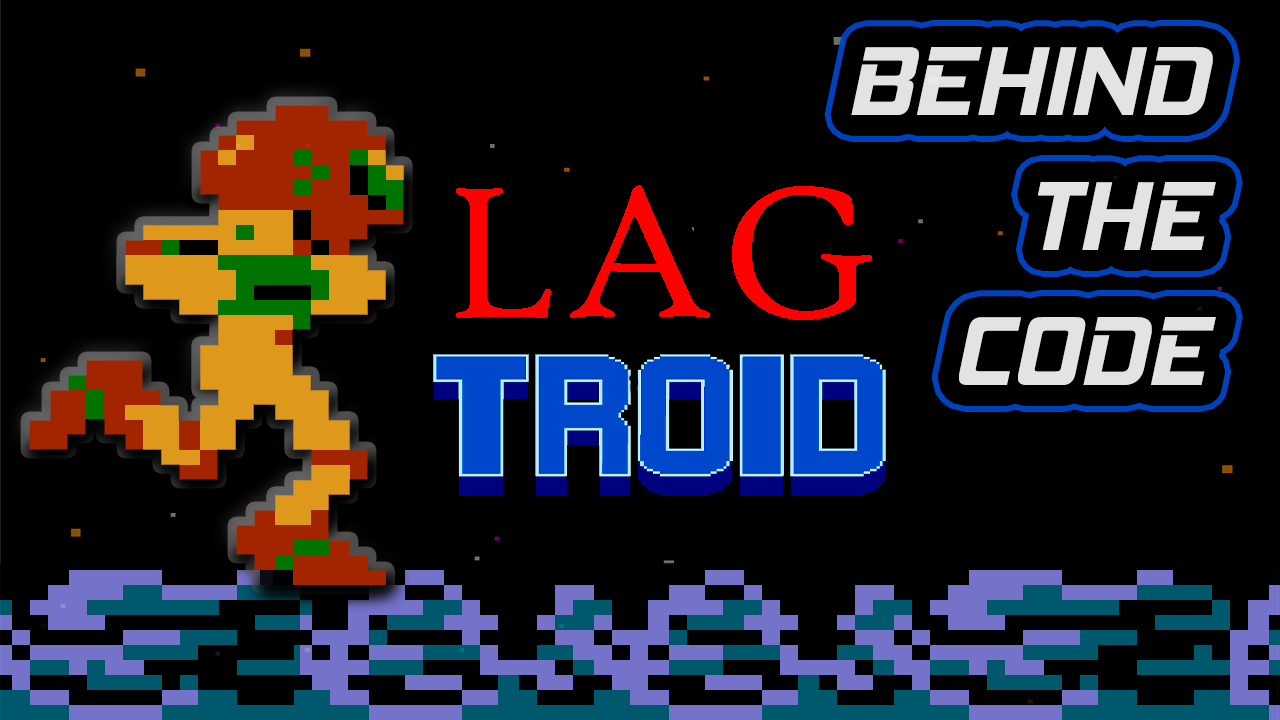Lag of Bosses and Scrolling Jitters in NES Metroid – Behind the Code
Following Part 1 in the series about lag in the original Metroid, Part 2 hits with an examination of the bosses. Why do the battles with Kraid, Ridley, and Mother Brain seem to slow down so much? This one showcases how disabling a few subroutines can speed up the game. We also dive into some […]









